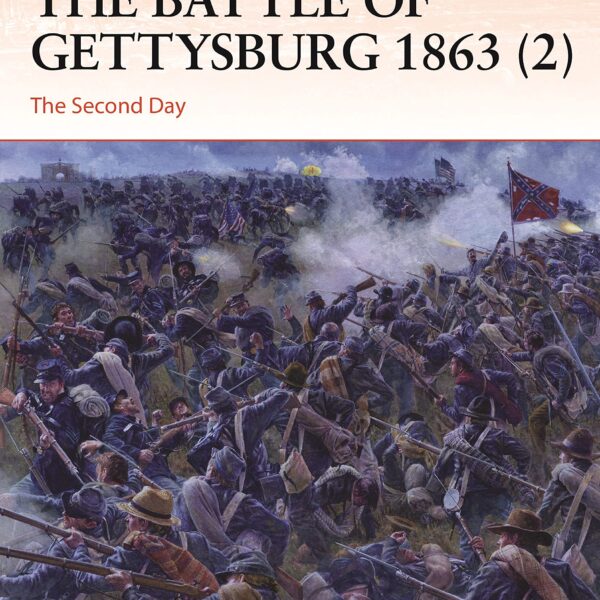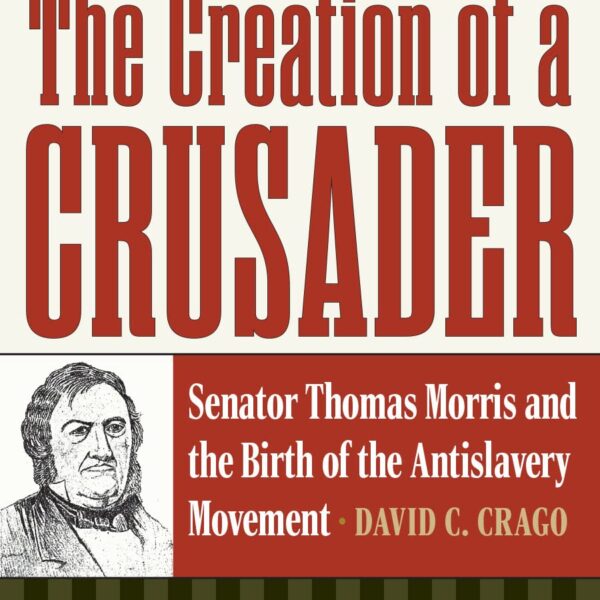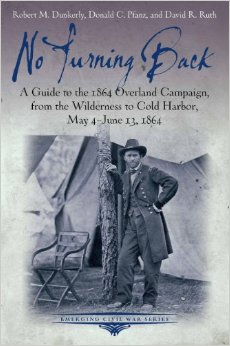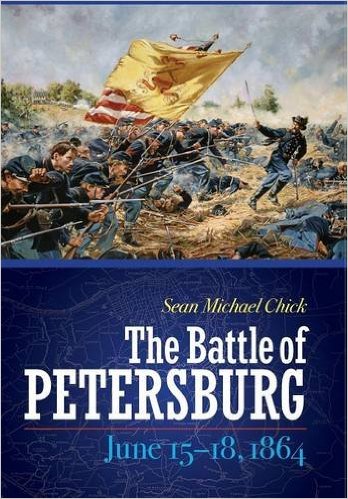Recent years have witnessed a growth in the use of the unit history as a vehicle for exploring the Civil War soldier. Scholars such as Lesley J. Gordon, Susannah Ural, and Brian Matthew Jordan have ably demonstrated what focused regimental and brigade studies can reveal about how Civil War soldiers and their communities perceived themselves and their place in the conflict. In The Bonds of War, Diana L. Dretske employs microhistory and collective biography to turn the spotlight on an even smaller cohort of men: a group who not only shared the same company, but for the most part occupied just a single tent. At first glance, attempting to build a book-length study from such small beginnings appears a daunting task; yet, the impressive level of detail Dretske has uncovered about this handful of men and their families makes it an extremely effective approach. Her book represents a significant addition to the literature on immigrants in United States service, casting considerable light on how the foreign-born in the rural North interacted with each other, with their wider community, and with the country they called home.
The backstory as to how the author came to focus on the five men who form the backbone of The Bonds of War is almost as compelling as the book itself. Dretske first encountered them in a striking wartime photograph that forms part of the collections of the Bess Bower Dunn Museum in Illinois’s Lake County. With only one of the soldiers identified, she set herself to the task of putting names to the others. Those research efforts bore fruit, revealing not only the men’s names, but the fact that all had been born in either Britain or Ireland—three in Scotland (Ed Murray, James Murrie and John Taylor); one in England (Billy Lewin); and one in Ireland (Loughlin Madden).
The book follows these five immigrants across ten chapters, taking them from their antebellum community around Newport Township in Lake County through to a veteranhood that not all of them lived to see. The bulk of the volume concentrates on the war years, when the men marched together in the ranks of Company C, 96th Illinois Infantry. Formed in late 1862 with volunteers from Lake and Jo Daviess Counties, almost 30 percent of the regiment was composed of the foreign-born, a figure that rose to 42 percent in Company C. The unit did its fighting in the Western Theater and experienced its defining moment at Chickamauga, where the regiment sustained 54 percent casualties. The attrition caused by disease, battle and captivity across three years of war meant that only one of the five men made it through to the regiment’s final muster out in 1865.
The Bonds of War provides particularly revealing insights into how immigrants in Lake County interacted with each other and how they situated themselves within the wider local community. The five men may have shared common origins on the other side of the Atlantic—the Scots were particularly closely linked—but they were far from a homogenous group. Among them was variance in background, age and religion, and perhaps worldview as well. But the granular level of Dretske’s study reveals the extent to which—at least in rural settings—such differences could be subordinate to the ties that bound them together. These bonds included a shared desire to save the Union, a strong patriotism for their new home, and pre-war relationships and friendships that grew ever stronger in the face of war’s hardships. The evidence for these relationships and perspectives are communicated throughout the text, often in the men’s own words. Indeed, the extent of the primary testimony that survives relating to the men and their Company is remarkable, adding greatly to the book’s narrative flow. This is especially true of the recollections left behind by Ed Murray, which are particularly emotive and insightful. They range from his description of Billy Lewin’s desperate efforts to drag him wounded from the field at Chickamauga in the face of the enemy (81-2), to the reaction of John Taylor’s young fiancée when she learned of the Scotsman’s death—news that caused her to drop “right down on the ground as if shot” (100).
The Bonds of War is a fine book with broad appeal. For those interested in immigrant soldiers, the British nativity of four of the men makes it a particularly important volume. The relative paucity of work on Scottish, English and Welsh immigrants during the Civil War has caused some scholars to refer to these men as the “invisible ethnics.” Diana L. Dretske’s innovative approach has demonstrated just how visible they can become.
Damian Shiels is the author of The Irish in the American Civil War.





